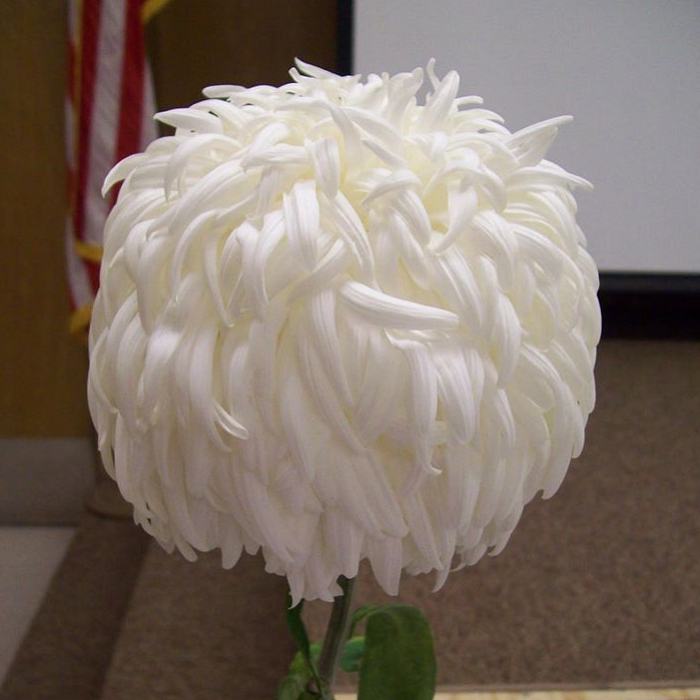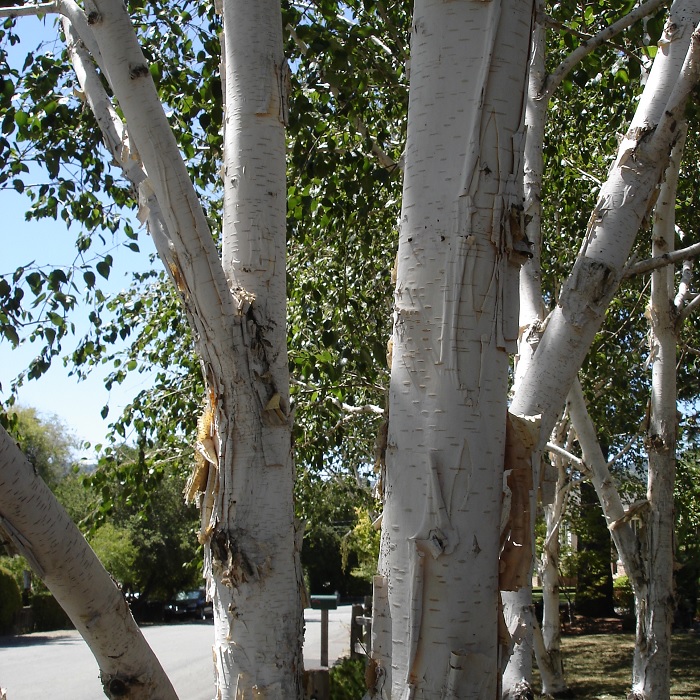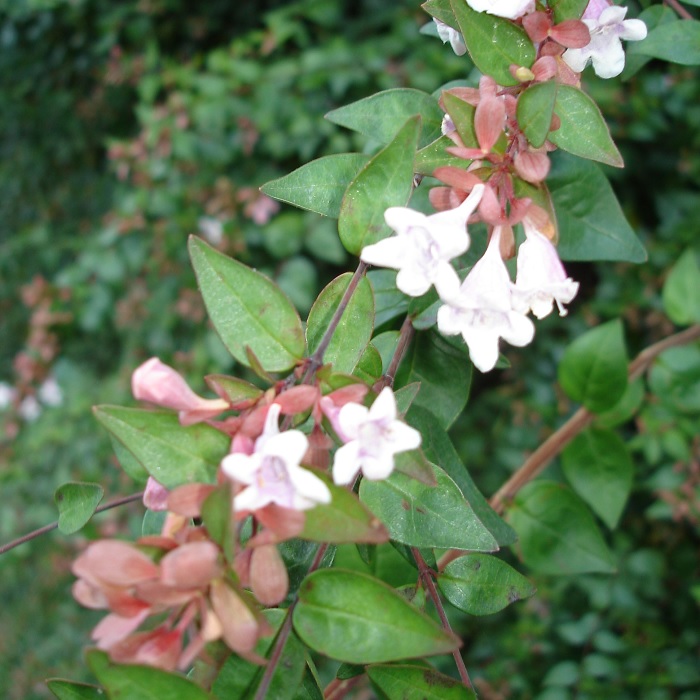True Blue Is The Loneliest Color
UNITED STATES—The majority of common pollinators are not impressed with blue. Otherwise, more flowers would be blue. After all, floral color appeals to pollinators. Each type of pollinator prefers specific colors. Plants customize their floral color to their preferred pollinators. If more flowers could attract more pollinators with true blue, they would do so. Instead, they rely on colors...
Colorful Berries Brighten Wintry Gardens
UNITED STATES—It is no coincidence that so many colorful berries ripen in autumn as migratory birds migrate south for winter. Such berries are intended for both migratory and overwintering birds. Rodents and other wildlife are welcome to take what they want as well. Most colorful berries are bright red, to get the attention of birds and wildlife. They are...
Deadhead To Promote Continued Bloom
UNITED STATES—Seed and fruiting structures develop immediately after bloom. Such processes consume valuable resources that could otherwise sustain subsequent bloom or vegetative growth. That is why it is helpful to deadhead some of the many blooming plants that do not need to produce fruit or seed. Deadheading diverts resources to more constructive application.
Deadheading is simply the removal of deteriorating...
Warm Season Vegetables For Spring
UNITED STATES—Warm season annuals for next spring and summer are already replacing the cool season annuals that bloomed so dutifully since last autumn. As this happens, it is also getting to be about time for warm season vegetables to replace cool season vegetables. Strangely continuous warm daytime weather since December accelerated this process somewhat.
Removal of cool season vegetables that...
Juniper Cultivars Deserve More Consideration
UNITED STATES—Fads come and go. Many can be good, even if only briefly. A few might be bad enough to later stigmatize the object of the fad. For example, the formerly esteemed crape myrtle is now familiar as a mundanely common tree. Flashy bloom and complaisance contributed to its excessive popularity. Most sorts of juniper are similarly victims of...
Ornamental Foliage Augments Spring Color
UNITED STATES—Spring bloom is the most colorful color in the garden here. It is not the only color though. Some deciduous foliage will provide color at the opposite end of the year. Bark can add a bit of color, particularly while deciduous trees defoliate for winter. So can colorful fruit. Furthermore, ornamental foliage, both deciduous and evergreen, can contribute...
Bareroot Season Begins With January
UNITED STATES—Christmas trees and associated items are no imposition for nurseries. They are seasonal while not much else is appealing to a retail market. They occupy retail area that summer and autumn commodities relinquished earlier. Then, they relinquish their same space as bareroot stock becomes seasonable. The chronology is very coincidentally very efficient.
Bareroot season is not actually contingent on...
Groundcover Is Carpeting For Landscapes
UNITED STATES—If shade trees are the ceilings, and hedges and shrubbery are the walls, then turf and other groundcover plants are the floors of some of our outdoor living spaces. Except for turf grasses, most groundcovers are not as useful as hardscapes like pavement and decking, but they perform other functions in areas that do not get such use....
Gophers Go For Spring Vegetation
UNITED STATES—Hibernation is a luxury enjoyed by different animals in different climates, where much colder weather inhibits activity through winter. Gophers take no such extended time off here. They merely work less diligently through the cooler and rainier times, and maybe get out of the way if the soil they live in gets too saturated. Their minimal damage had...
Division Renovates Tired Old Perennials
UNITED STATES—Autumn is a time for planting partly because it is when many plants are beginning their winter dormancy. They are, or will soon be, less active than they would be at any other time of year. Some may not start to grow again until after winter ends. Others will want to secretly disperse their roots through the rainy...














